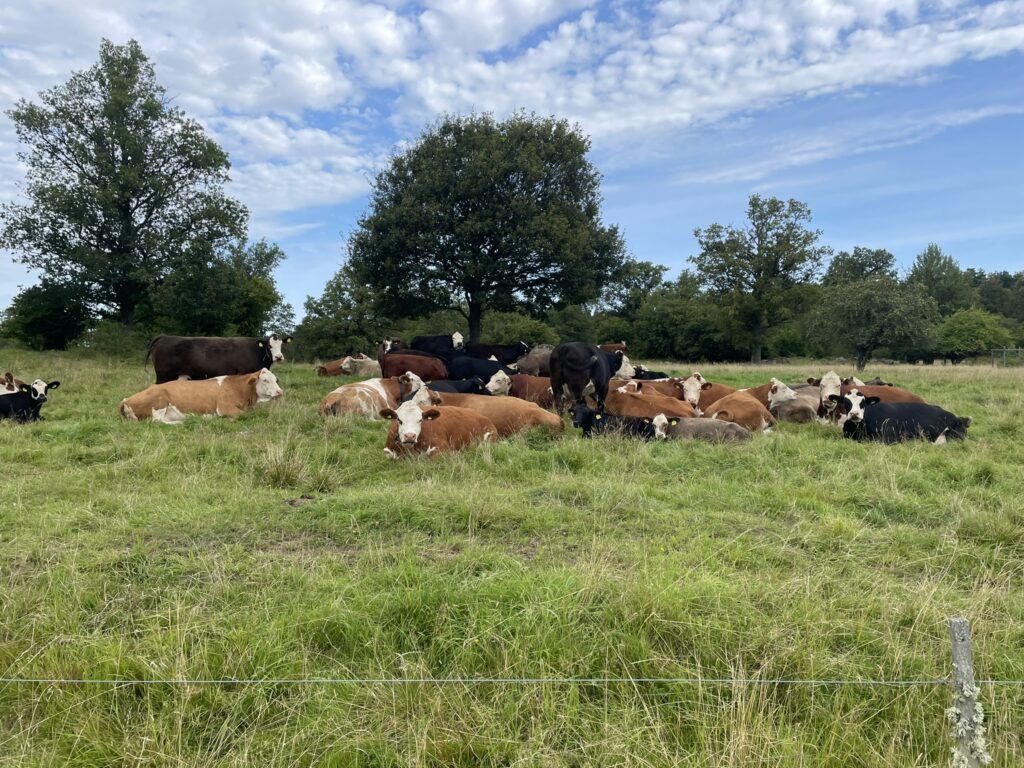Background
Grazing has shaped vegetation communities around the world for millions of years and continues to do so today. European grassland ecosystems demonstrate one of the habitats being most affected by grazing. Grasslands are of evolutionary importance as they show high species richness and diversity in both flora and fauna, this is mostly due to plant adaptations as a defense mechanism against grazing. Examples for these are the rosette growth of foliage (found by Plantago major), the development of bitter smell or taste (in Ranunculus) and the evolution of thorns (found by Roses or Thistles). Additionally, many insect species have specialised to specific grassland plant species or even the droppings of grazers. Today semi-natural grasslands are described as unfertilised pastures or meadows that have developed over generations and have been used traditionally for fodder production. Swedish grasslands are of high cultural, historical and especially biological value. Not only provide grassland many ecosystem services but also many Swedish red listed species can be found in Swedish semi-natural grasslands. The modern definition of grazing describes grazing as a method of animal husbandry whereby domestic livestock are allowed outdoors to roam around and consume wild vegetation.
Importance of grazing for semi-natural grasslands
These grasslands are dependent on management to prevent them from developing into shrubland or woodland. This can be achieved either by grazing or mowing. Grazing however, is favorable as it not only reduces biomass and increases biodiversity through different mechanisms like selective defoliation and the creation of disturbances but also creats heterogeneity in the grasslands vegetations structures due to long-term stable grazing patterns. These patterns are mostly based on habitat and dietary preferences. These preferences have been observed and studies in multiple different studies during the last years. These studies have shown, that different micro habitat were used for different behaviour activities, such as grazing and resting. The preference in habitat is among others based on the biotic and abiotic site factors.
Aims
This study aimed to identify how semi-natural grassland site factors affects the cattles’ behaviour activity and how vegetation characteristics and plant species richness are linked with different cattle behaviour activities like grazing, resting and fouling.
A deeper understanding of this interaction could contribute to improve management plans and nature conservation efforts.
Study questions:
- How does the environmental factors influence habitat utilisation of cattle?
- Does habitat utilisation change due to weather?
- What are ecological implications of grazing regarding nutrient transfers, biomass, plant species richness and occurrence of specific indicator species?
